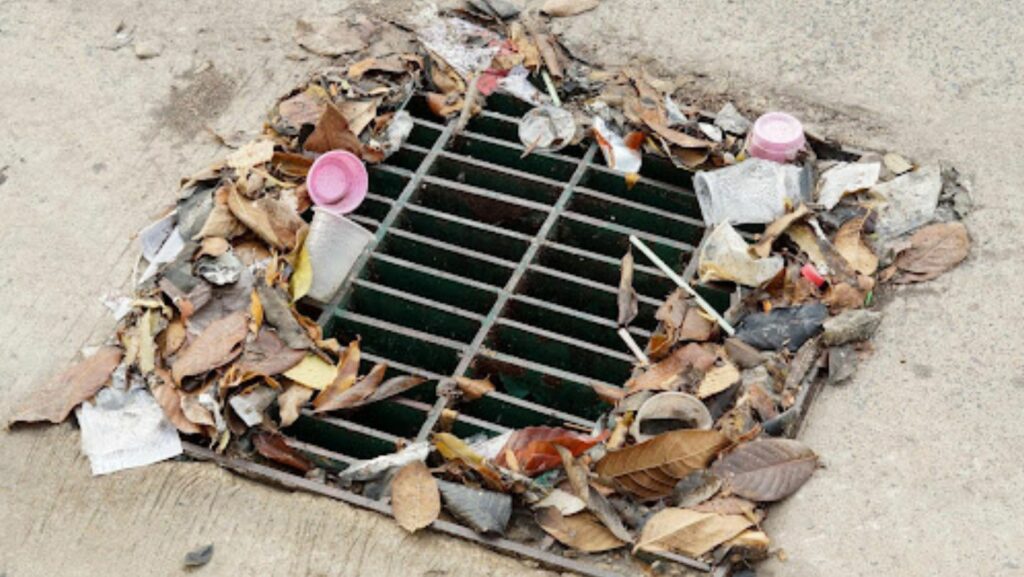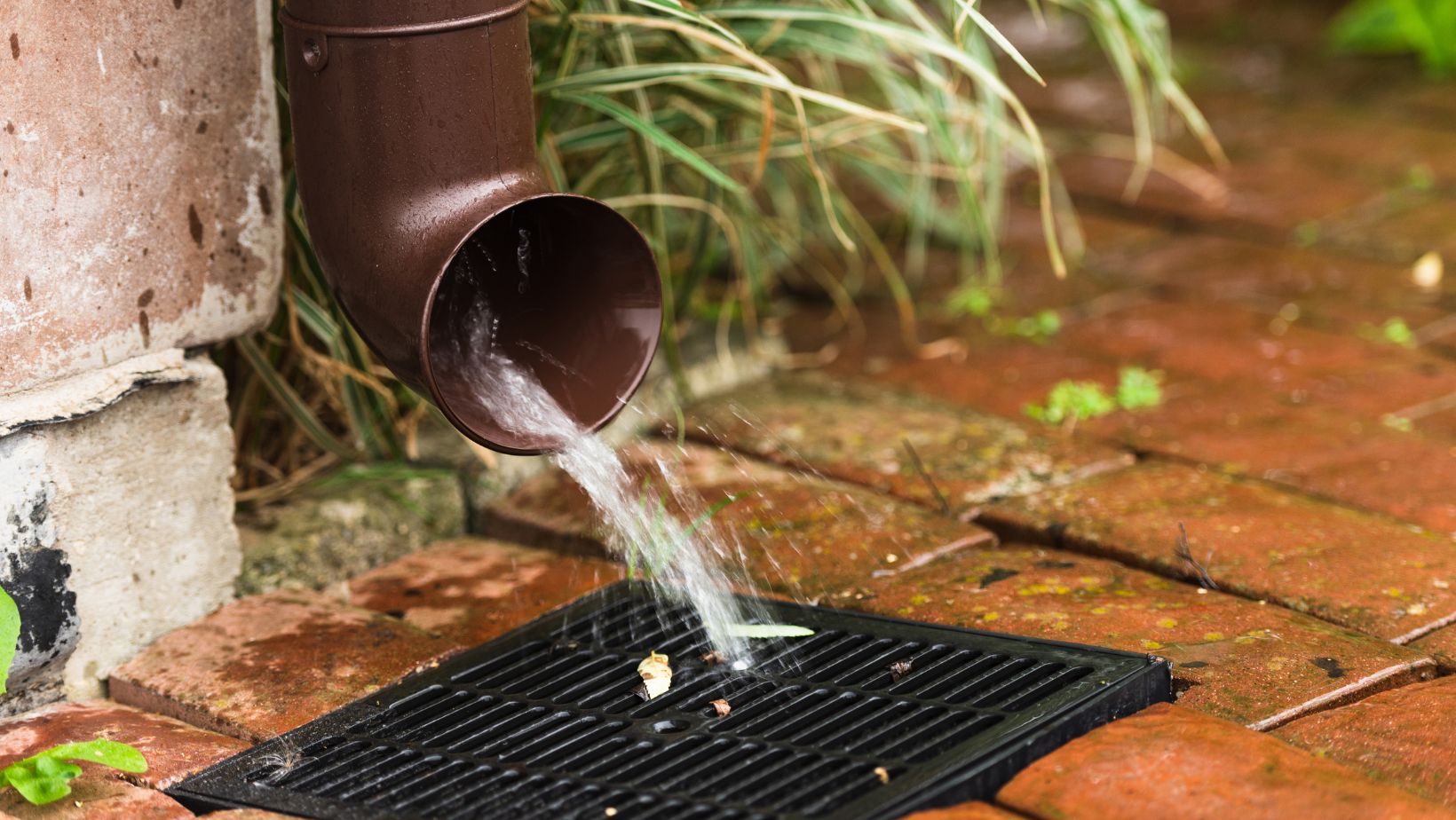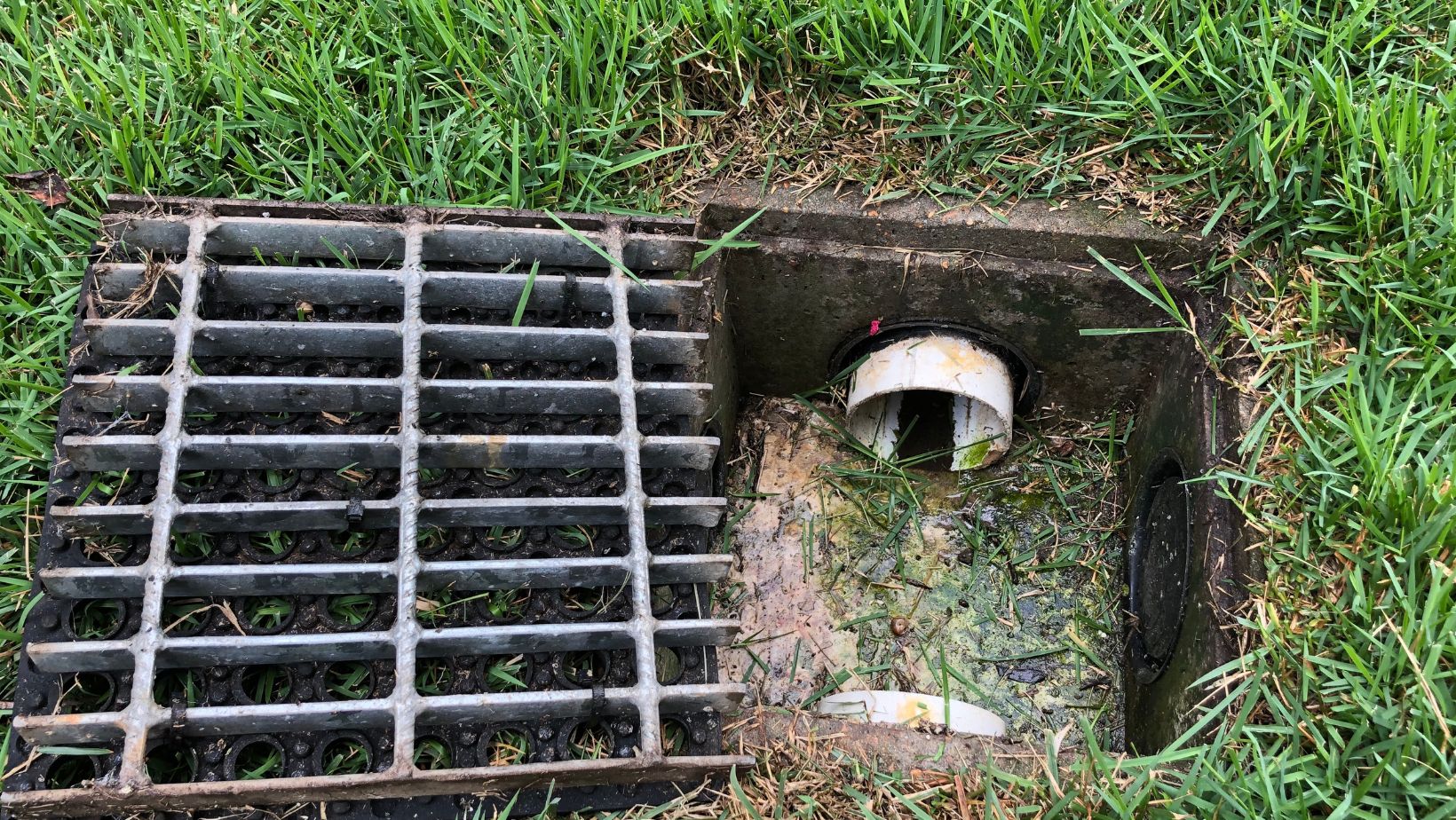
Properly functioning drains are crucial in maintaining household hygiene and convenience. When blockages occur, they can disrupt daily life and lead to costly repairs, turning an ordinary day into a stressful one. Understanding the common causes of drain blockages and exploring simple DIY fixes can help keep the water flowing smoothly through your home. Additionally, regular drain maintenance can prevent minor issues from escalating into major problems.
Common Causes of Drain Blockages
Every home is susceptible to drain blockages, which can arise from various sources. Identifying these common culprits can make troubleshooting easier.
One frequent cause is the accumulation of hair in bathroom drains. Whether it’s coming from shaving, washing, or brushing hair, small strands can gradually combine to form stubborn clogs.
In the kitchen, grease, and food particles are problematic. Grease can solidify in pipes, while food scraps can become lodged, impeding water flow and causing unpleasant odors.
Toilet drains often suffer from foreign objects. Things like sanitary products, wipes, and small toys can block toilets, hampering their functionality.
Outdoor drains are not immune, either. Tree roots can infiltrate drainage systems, causing severe blockages that disrupt the entire household’s water flow.
DIY Fixes for Hair Clogs
Hair clogs in bathroom drains are common but manageable. One effective tool is a drain snake, a flexible auger that can reach deep into pipes to dislodge clogs. Snaking a drain can often clear it within minutes and is a straightforward process.
Another remedy is a homemade solution using baking soda and vinegar. Pour half a cup of baking soda down the drain, followed by half a cup of vinegar. The chemical reaction helps break down the hair, making it easier to wash away with hot water.
Preventative measures are equally vital. Using hair catchers over drains can trap hair before it enters the pipes, reducing the frequency of blockages. Regularly cleaning these devices ensures they remain effective.
Routine cleaning, even when there’s no visible problem, can also prevent build-up. Removing hair from the drain cover and periodically flushing the pipes with hot water can maintain smooth drainage.
Clearing Grease and Food Particles from Kitchen Sinks
In the kitchen, disposing of grease and food scraps correctly is fundamental. Instead of washing grease down the sink, collect it in a container and dispose of it in the rubbish. Similarly, scrape food scraps into the bin rather than the sink.
If a blockage does occur, a plunger can be an effective initial remedy. By creating a vacuum seal over the drain, the plunger can dislodge minor blockages, restoring water flow.
Enzymatic drain cleaners, which use natural bacteria to break down organic materials, are another useful solution. These cleaners are less harsh than chemical alternatives and can effectively keep drains clear without damaging pipes.
Regularly scouring pipes with a mixture of hot water and dish soap can also help. The hot water dissolves grease, while the soap cuts through oils, preventing them from accumulating on pipe walls.
Dealing with Foreign Objects in Toilet Drains
When foreign objects block toilet drains, the first step is to attempt manual removal. If the object is visible and easily reachable, use gloves to remove it carefully.
For deeper blockages, a toilet auger is a handy tool. Similar to a drain snake but specially designed for toilets, it can reach further into the plumbing to dislodge stubborn objects.
If these methods prove ineffective, calling a professional plumber might be necessary. Professionals have specialized tools and the expertise to handle complex blockages without damaging the toilet.
Preventing future incidents involves educating household members about what can and cannot be flushed. Avoid flushing anything other than toilet paper and human waste to minimise the risk of blockages.
Addressing Tree Root Intrusion in Outdoor Drains
Tree roots can cause significant problems when they infiltrate outdoor drains. Common signs include slow draining in multiple fixtures, gurgling noises, and recurring blockages.
Chemical root removal is one option. Certain products are designed to kill tree roots without harming the plant. These chemicals can break down roots within pipes, restoring water flow.
Mechanical removal tools are available for a more hands-on approach. Root cutters, which can be attached to plumbing snakes, can shred roots within the pipes, clearing blockages effectively.
However, severe cases might necessitate professional intervention. Plumbers can assess the extent of root intrusion and use advanced equipment to remove them thoroughly, ensuring long-term drainage health.
Conclusion
Maintaining free-flowing drains is essential for a hassle-free home. By understanding the common causes of blockages – hair in bathroom drains, grease and food particles in kitchen sinks, foreign objects in toilets, and tree roots in outdoor systems – homeowners can take proactive steps to address these issues.
Simple DIY fixes, such as using drain snakes, baking soda and vinegar, plungers, and enzymatic cleaners, can be remarkably effective. Regular maintenance, such as using hair catchers and proper disposal of grease and food scraps, further prevents blockages.
However, not all problems can be resolved personally, and knowing when to seek professional help is crucial. Professionals have the tools and expertise to handle severe blockages, ensuring your drainage system remains functional.
With routine maintenance and swift action at the first sign of trouble, it’s possible to keep your drains flowing smoothly year-round. So, take the time to implement these practices and enjoy the peace of mind that comes with a well-maintained plumbing system. By following these guidelines on how to handle drain blockages effectively, homeowners can maintain a smoothly running household.














